Collection
Theme
- Forced marriage
- Children
- Forced labour
- Domestic slavery
- Trafficking
- Armed Conflict
- Debt bondage
- Emancipation
- Sexual exploitation
Country
- Senegal (slavery location)
- Lebanon (slavery location)
- Democratic Republic of the Congo (slavery location)
- Democratic Republic of the Congo (trafficked from)
- India (slavery location) 20 More
Date
Type
30 results
VOICES: Narratives by Survivors of Modern Slavery
This is the world's largest archive of modern slavery survivor narratives. Across more than a million words spoken or written by survivors of modern slavery, we can see why slavery persists in particular hotspots, analyse patterns in trafficking routes, identify vulnerabilities, understand more about the challenges survivors face in liberation, and discover new antislavery solutions. These narratives offer the chance to systematically design new antislavery strategies based on the experiences, ideas and solutions of enslaved people themselves.
The database is searchable by country, name, theme, and narrative date. Narratives can be viewed in list or map form. A short introduction provides context to each narrative. Narrative provenance appears after the main narrative text.
For ideas on how to use this database, please see our accompanying guide.
Project Lead: Zoe Trodd. Team Members: Andrea Nicholson, Lauren Eglen, Rosemary Pearce, Olivia Wright.
Project Funders: AHRC Antislavery Usable Past grant (2014-19), ESRC/AHRC PaCCS Modern Slavery: Meaning and Measurement grant (2016-19), and AHRC-GCRF Antislavery Knowledge Network grant (2017-2021).
For any queries about the collection please contact: [email protected]. If you wish to cite a particular narrative, please acknowledge the survivor’s name, the provenance of the narrative and cite: Voices Database, the Rights Lab, University of Nottingham.
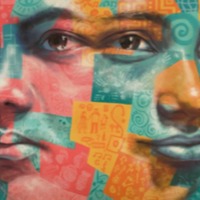
Adama
The 2018 Global Slavery Index Report estimated that approximately 43,000 people were living in modern slavery in Senegal. Based on existing data, Human Rights Watch estimates that more than 100,000 talibés living in residential daaras across Senegal are forced by their Quranic teachers, also known…

Carmela
There are an estimated 784,000 people living in modern slavery in the Philippines (GSI 2018). Men, women and children are subjected forced labour and sex trafficking both within the country and in destination countries. Women and children are subjected to sexual exploitation in brothels, bars, and…
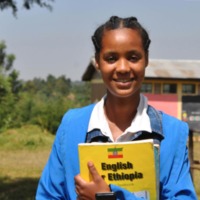
Hirut
Ethiopia’s impoverished rural areas are exploited in domestic servitude and commercial sex within the country, while boys are subjected to forced labour in traditional weaving, construction, agriculture, and street vending. Addis Ababa’s central market is the site of numerous brothels, where…
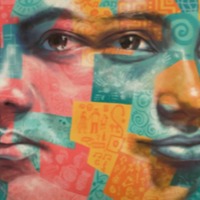
Laboni
There are an estimated 171,000 people living in modern slavery in Nepal. Within Nepal, bonded labour exists in agriculture, brick kilns, the stone-breaking industry, and domestic work. Sex trafficking of Nepali women and girls increasingly takes place in private apartments, rented rooms, guest…
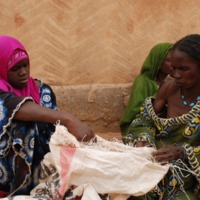
Mariama
There are an estimated 133,000 number of people living in modern slavery in Niger. According to Plan International UK, 75 percent of girls in Niger are married before they reach 18 and 36 percent before they are 15 years old. Mariama, 13, lives in Niger. Her mother and uncle sold her as a child…
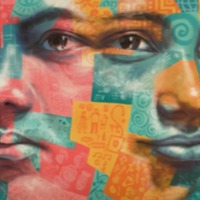
Moceica B
There are an estimated 15,000 people living in conditions of modern slavery in Australia (GSI 2018). Australia is a destination country for women from Southeast Asia, South Korea, Taiwan, the People’s Republic of China (PRC), and reportedly Eastern Europe trafficked for the purpose of commercial…
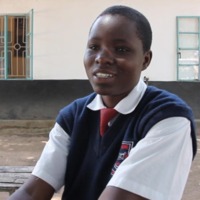
Peres
There are an estimated 328,000 people living in conditions of slavery in Kenya (GSI 2018). Men, women and children are subjected to exploitation amounting to modern slavery in forced labour and sex trafficking. Children are often subjected to forced labour in domestic service, agriculture, fishing,…
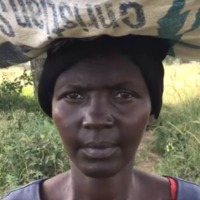
Adut Ageny
There are an estimated 465,000 people living in modern slavery in Sudan (GSI 2018). Between 1983 and 2005, the central government of Sudan enslaved tens of thousands of black South Sudanese Christian and traditionalist people. It was part of a genocidal war against South Sudan, with a simple aim:…
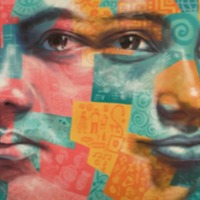
Aung Ja
The Global Slavery Index 2018 estimates that on any given day in 2016 there were over 3.8 million people living in conditions of modern slavery in China. Included in the types of slavery prevalent in China is forced labour, with China's unprecedented rise to the world's second largest economy and…
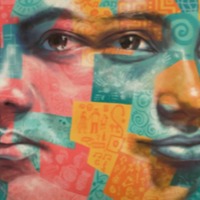
Hanan
Since the war broke out in Syria, child marriage rates have risen sharply. Before the war, child marriage did happen, but conflict has exacerbated many of the factors that push families into marrying their daughters off, such as insecurity, poverty and lack of education. In just three years from…